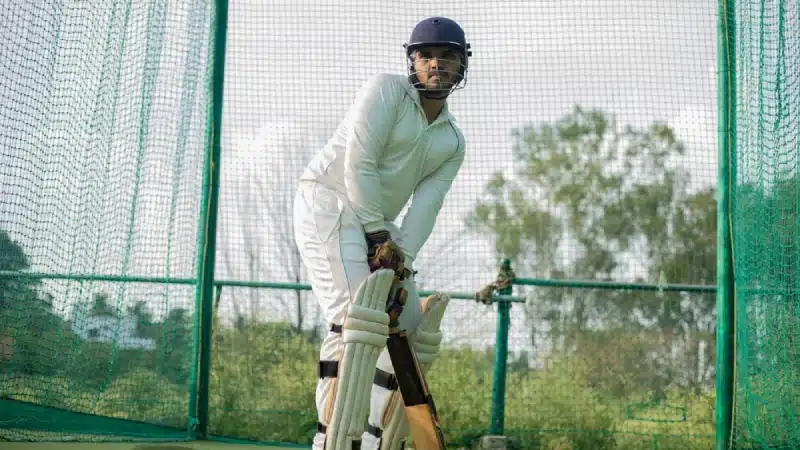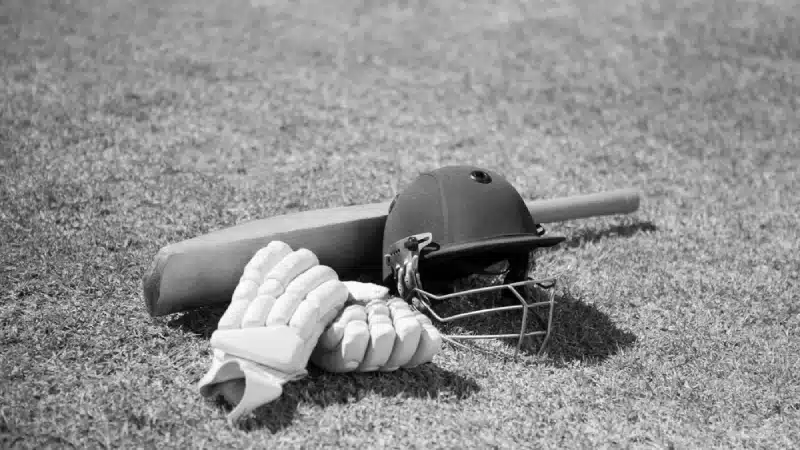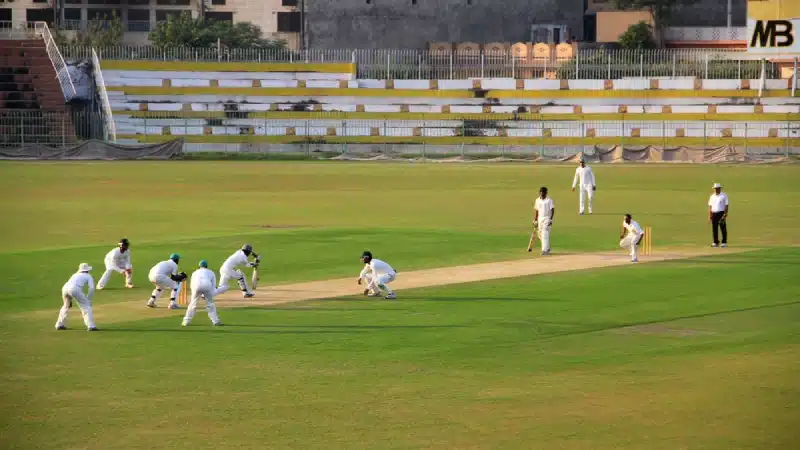
In the vast history of the game, cricket has seen many significant players who have made their mark, but none of them could quite reach the heights of Sir Don Bradman and Sachin Tendulkar.
When the two greats of their respective era met, Tendulkar remembers asking Sir Don,
“In today’s era, what would you have averaged?
He answered – “Ya, roundabout 70.”
Sachin curiously asked again, “Why Sir Don, why 70.”
Sir Bradman said- “I am 90 today, so that’s not bad for a 90-year old man.”
A lot of people remember Sir Don Bradman for his extraordinary batting; I remember him more for his graciousness and sense of humour that I experienced when I had the privilege of spending some time with him in 1998. pic.twitter.com/pF1KJ7S9Fq
— Sachin Tendulkar (@sachin_rt) August 27, 2019
This was Sir Donald George Bradman, who seemed quiet and arrogant to his teammates in the dressing room but cracked jokes outside the field of play. It is a well-known fact that he has an average of 99.94, which is the highest by any batsman in cricket history, but there are some facts that not everybody would know.
Here we take a look at some of them.
Bradman has an official adjective to his name
Bradman defines how others bat. His impact in the game has been such that when a batsman dominates a bowler, he is often termed as “Bradsmanesque”. The word has also made it to the English language. Collins English Dictionary defines the word as:
Bradmanesque (adjective): “(of a batsman or innings) reminiscent of Sir Don Bradman in terms of dominance over the opposing bowlers.”
The only Indian who was able to dismiss Bradman
Though Bradman never played cricket on Indian soil, neither did he play against India till 1947-48, an Indian bowler got him out in a practice match. Club Cricket Conference, an English team that played Australia on their tour of England during the 1930 Ashes, included Indian all-rounder Nazir Ali, who got Bradman out after he had scored 70 runs.
Bradman’s tryst with wicket-keeping
Bradman was seen keeping wickets for the first and only time in his first-class cricket career when the South African team toured Australia during 1938-39. He also took a catch in the first innings to dismiss Albert Cheetham off Clarrie Grimmett’s delivery. Wearing those big gloves might have made a negative impact on his form, as in the next three innings that followed, he could only score 5,76 and 64, which was quite below his standards. Subsequently, his form returned and he smashed 251*, 90*, 138, and 267 in the following matches.
Unique things named after the Great
It is a normal practice across the world to name streets, stadiums or parks after legends, but there are some unique things named after the all-time great. Lauda Air, an Austrian-based Airline company, named a Boeing 777-2Z9 aircraft as ‘Sir Donald Bradman’. It took a Vienna-Sydney-Melbourne route. Added to this, a Meilland International SA breed Rose was named “Sir Donald Bradman Rose.” Garden Express in 2002 described the Rose as “a beautiful deep red rose. Exceptionally large blooms with a heavy fragrance. Long stems make this variety an ideal cut flower and excellent vase rose.”
Bradman starred in a full-length feature film
Sir Don’s batting is often termed as ‘artistic’ by his teammates and many of those who have watched him play. But there is another art form, Bradman has tried his hands on - acting. Bradman had signed a contract with National Productions Ltd. on January 22, 1936.
The Sydney Morning Herald reported: “He will take part in some scenes dealing with a cricket match, and will be photographed in action on the field”.
The film named “The Flying Doctor” starred Charles Farrell and Mary Maguire where Farrel’s character gets involved in a fight during a cricket match and is sentenced to prison. It remains the only full-length feature film to have Bradman’s appearance.
Feature Image Courtesy: Twitter/ @HomeOfCricket




















